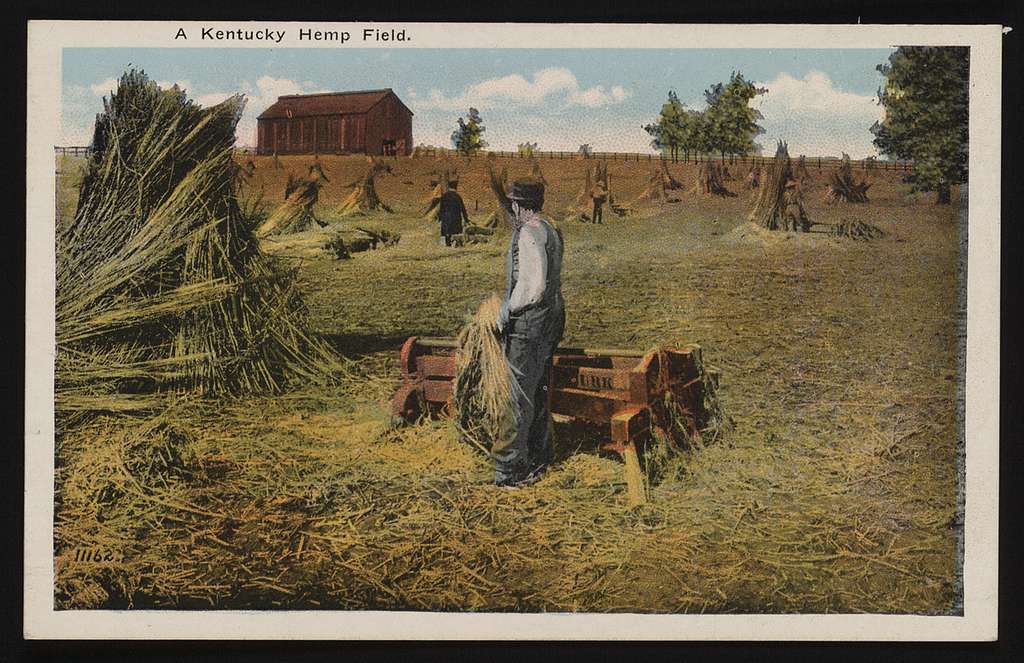The Agriculture Improvement Act of 2018, also known as H.R.2, is a significant piece of legislation that encompasses various aspects of the agricultural industry. Passed by Congress and signed into law in December 2018, the bill has far-reaching implications for farmers, rural communities, and consumers across the United States. In this blog post, we will dive into the key provisions of H.R.2 and examine the impact it has had on the agricultural landscape.
- Farming and Conservation: H.R.2 addresses several important issues related to farming and conservation. One of the central components of the bill is the re-authorization and improvement of various conservation programs, including the Conservation Reserve Program, the Environmental Quality Incentives Program, and the Agricultural Conservation Easement Program. These programs aim to promote sustainable farming practices, encourage the preservation of land and water resources, and support the protection of wildlife habitats.
- Crop Insurance and Risk Management: The Act enhances risk management tools for farmers by expanding the crop insurance options available to them. It introduces measures to improve the accessibility and affordability of crop insurance, particularly for small and socially disadvantaged farmers. Additionally, H.R.2 includes provisions to address issues related to disaster relief, providing assistance to farmers affected by natural disasters such as hurricanes, wildfires, and floods.
- Hemp Production Legalization: One of the most notable provisions of H.R.2 is the legalization of hemp production and the removal of hemp from the list of controlled substances. This change has opened up new opportunities for farmers interested in cultivating hemp for industrial and commercial purposes. The Act establishes a regulatory framework for hemp production and allows for the interstate transportation of hemp and hemp-derived products.
- Nutrition Programs: H.R.2 impacts several nutrition programs, including the Supplemental Nutrition Assistance Program (SNAP), which provides food assistance to low-income individuals and families. The bill introduces various reforms to the program, aimed at improving efficiency, reducing fraud, and promoting self-sufficiency among SNAP recipients. These reforms include enhanced work requirements for able-bodied adults and provisions to ensure accurate and timely benefit distribution.
Conclusion: The Agriculture Improvement Act of 2018, commonly known as H.R.2, is a comprehensive piece of legislation that addresses various aspects of the agricultural industry. Through its provisions on farming and conservation, crop insurance, hemp production, and nutrition programs, the Act seeks to promote sustainable agriculture, support farmers, and ensure food security for all Americans. By understanding the implications of H.R.2, we can appreciate the efforts made to create a more prosperous and resilient agricultural sector.

